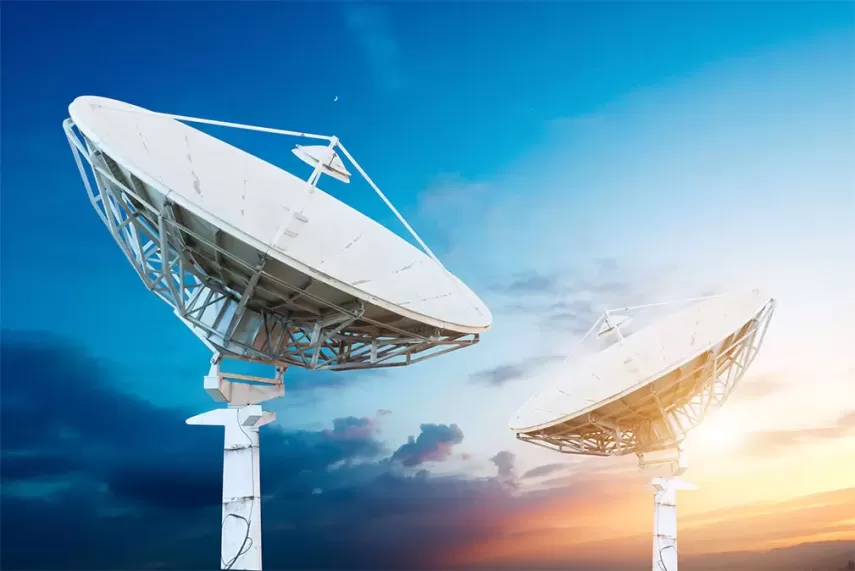Uydu yayıncılığının temeli, konseptin tasavvur edilmesinden yıllar önce başlamıştır. Uydu ve Televizyon Sistemleri bir mucit ve bilim kurgu yazarı olan Arthur Clarke, uydular aracılığıyla küresel olarak iletişim kurabilmekten bahseden ilk kişilerden biriydi.
But thanks to the “space race” between the United States and Russia in the late 1950s, the concepts became reality. The space race was a rivalry between two nations as each sought to show that it was a leader in space exploration. In 1957, Russia launched Sputnik into space. The sound emitted by the world’s first satellite in space could be heard by some listeners on radio and television. Two years later, the United States launched its first satellite. Four years later, the first communications satellite, Syncom II, went into space, enabling the US military to communicate.

Purpose of Satellite and Television Systems
Satellite and television systems can be grouped according to the work they do or the orbits they follow. However, these two things are very closely related, because the work a satellite does often determines both how far from Earth it must be, how fast it must move, and the trajectory it must follow. The three main uses of satellites are:
- Communication
- Photography, imaging and scientific research
- Navigation.
Communications satellites are primarily used to transmit radio waves from one place on Earth to another, catching signals fired at them from a ground station (an Earth-based satellite dish), amplifying (and switching) them so that they have enough power to continue. These signals can carry anything that radio signals can carry on the ground, from phone calls and internet data to radio and TV broadcasts.
Satellite and television systems broadcasting is a method of bringing television programs into your home, which relies on transmitting data from a communications satellite in space. These transmissions are routed over a satellite network and then distributed to consumers’ homes. Unlike cable television, which does not require any additional equipment, satellite television relies on the use of a satellite dish to receive programming. In turn, the information received through the dish is sent to a set-top box inside the consumer’s home. Satellite broadcasting can be transferred to television by different systems as well as by dish.
Satellite and Television System Components
There are five basic components in a satellite system called direct-to-home or direct-to-air. These:
Programlama kaynakları: Sağlayıcı, programlamayı kendisi oluşturmadan farklı firmalara içeriklerini uydu üzerinden yayınlama hakkı için ödeme yapmaktadır. Bu şekilde sağlaycı, müşteri ile gerçek programlama kaynakları arasında bir tür aracıdır. (Kablo TV şirketleri bu mantıkla çalışmaktadır.)
Programming resources: The provider pays different companies for the right to broadcast their content via satellite, without creating the programming itself. In this way, the provider is a kind of intermediary between the client and the actual programming resources. (Cable TV companies work with this logic.)
Satellites receive signals from the broadcast station.
The dish receives the signal from the satellite and transmits it to the receiver in the individual’s home.
The receiver processes this incoming signal and transmits it to a standard television.
